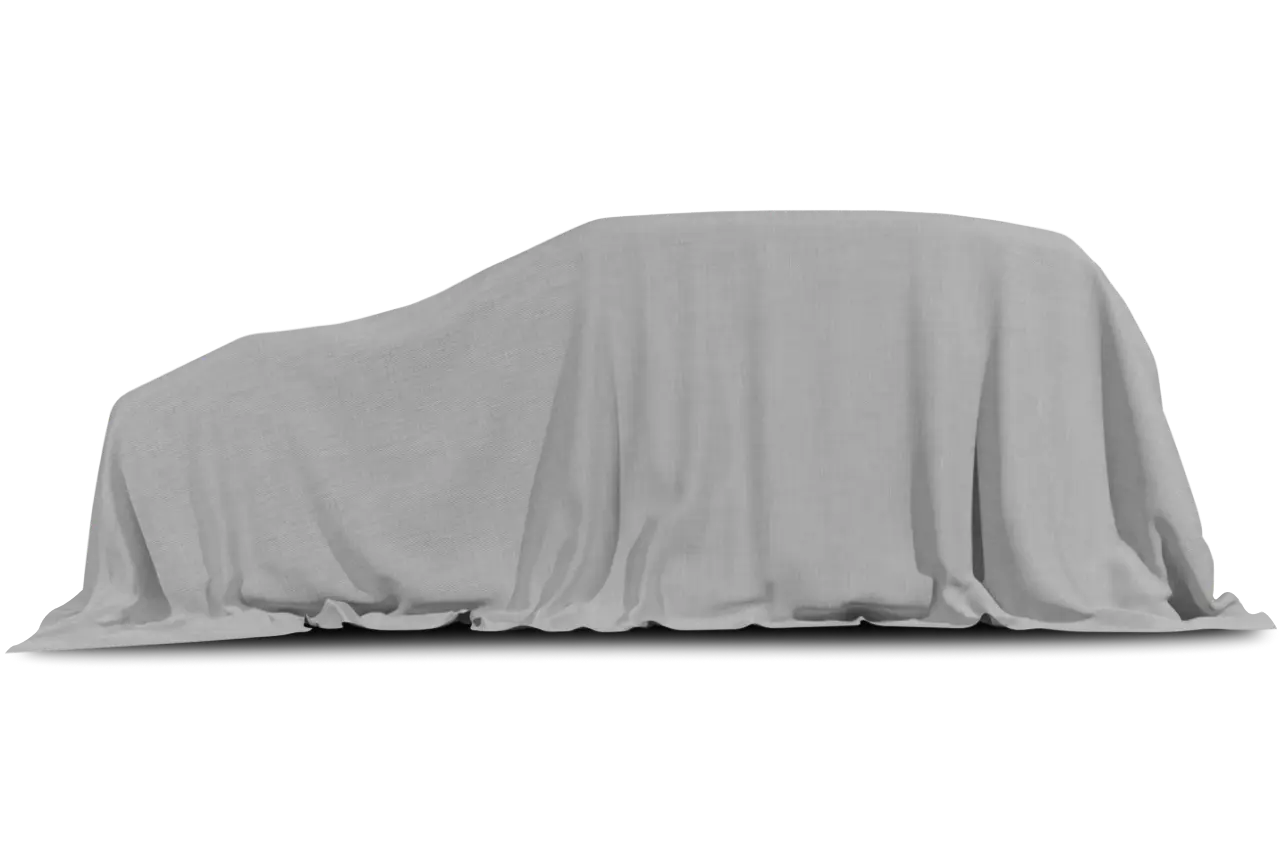
Vehicle Overview
Maserati rejoined the U.S. market after a decades absence, and the Italian automaker also sent a second model to dealerships as the 2003 model year began. Fitted with a soft-top, the convertible Spyder GT went on sale in March 2002. The new closed-top version for 2003 is named the Coupe GT. Unveiled at the 2002 North American International Auto Show in Detroit, the coupe is considered a distinctively separate model.
With an illustrious heritage that dates back to 1926, Maserati was one of the premier Italian sports car makers of the 1950s, 1960s and beyond. The marque left the U.S. market after the 1992 model year. When Ferrari took control of Maserati in 1997, one of the items that was high on its list of objectives was to resume the exporting of Maserati vehicles, according to Luca di Montezemolo, chairman of Ferrari S.p.A.
The styling on the Coupe GT and Spyder GT is credited to the Italdesign-Giugiaro organization in Italy. In addition to offering lush designs and strong performance, the new Maseratis had to be easy to drive in everyday use, yet promise exclusivity. Both the marketing and promotion of Maseratis in the United States are handled by the Ferrari organization.
Jaguar and Porsche are considered to be the top competitors for both the coupe and convertible. For its first full year back in the U.S. market, Maserati intends to supply no more than 1,400 Coupe GTs and Spyder GT convertibles. Eventually, Maserati anticipates that North America will absorb 40 percent of the companys output. Maserati is also working on a new version of the quattro porte (four-door) sedan for release early in 2004; it will be designed by Pininfarina.
Exterior
Even though the styling of the new Coupe GT is similar to the Spyder GT that debuted in 2002, the two vehicles are considered entirely separate models. The Spyder is definitely not merely a coupe with its metal roof snipped off. In addition, the Coupe GT offers four-passenger seating, while the Spyder GT seats just two people.
The styling touches on the lushly curved coupe body include a historic oval-shaped Maserati shield on the hood, which sits above a trident on the wide mesh grille. The Coupe GT rides on 15-spoke 18-inch wheels. It measures 178.1 inches long overall and 51.4 inches tall on a 104.7-inch wheelbase, which makes it significantly larger than the Spyder GT.
The Coupe GT features a Skyhook automatic suspension control system that was developed with Mannesmann-Sachs. Maserati claims that this system was a first when it was introduced in the Spyder GT. Sensors monitor movement in the wheels and body, and a computer adapts damping according to driving and road-surface conditions.
Interior
For both of its models, Maserati promises lavish equipment levels for life onboard. The company offers many shades of its leather upholstery in the handcrafted interior. An information center in the console holds a 5.8-inch color display for the music system, trip computer and climate controls. Options include a GPS navigation system, xenon high-intensity-discharge headlights, rear parking sensors and a five-CD changer in the trunk.
Under the Hood
A 4.2-liter V-8 engine develops 390 horsepower at 7,000 rpm; it teams with either a conventional six-speed-manual gearbox or a six-speed Cambiocorsa paddle-shift transmission that is borrowed from Formula One racing. The electronically actuated Cambiocorsa transmission operates in four modes: Normal, Sport, Automatic and Low Grip. The transmission can operate in fully automatic mode, or the driver may manipulate Up and Down paddles behind the steering wheel to change gears. The Coupe GT has a 0-to-60-mph acceleration time of 4.8 seconds.
Safety
All-disc antilock Brembo brakes and side-impact airbags are standard. Electronic brake-force distribution is also installed.


